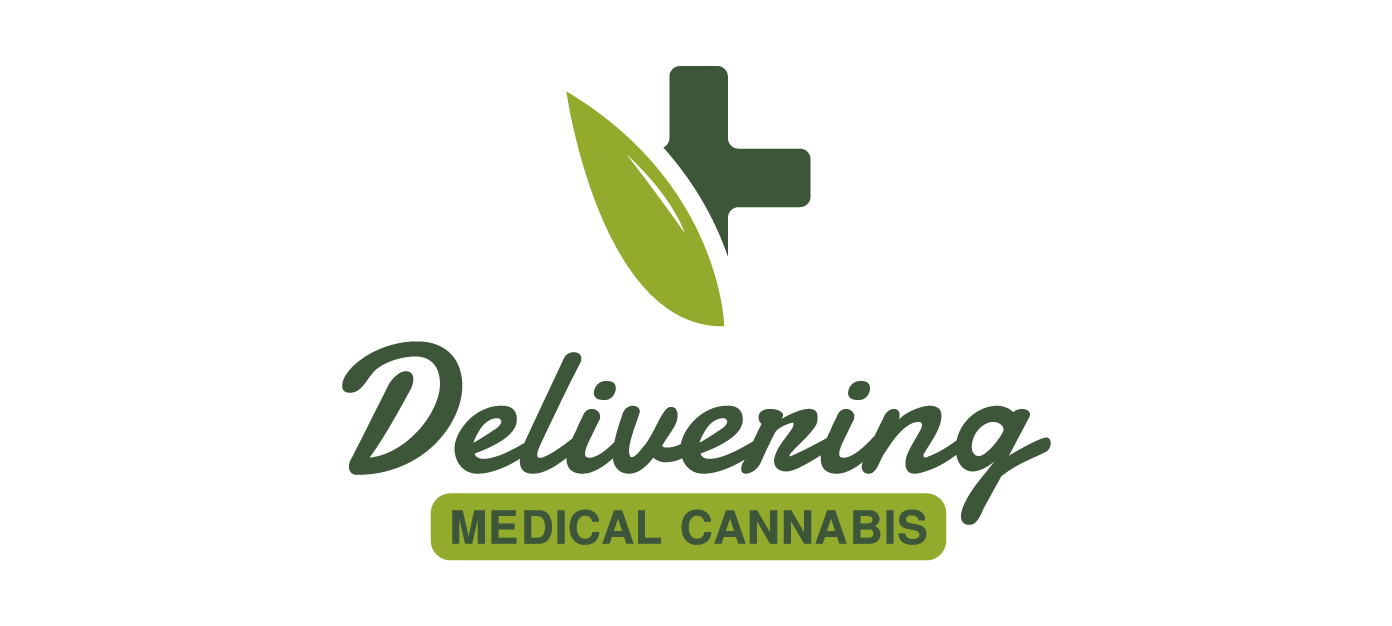In a rapidly growing landscape of medical cannabis accessibility, delivery services have become increasingly patient-centric. Beyond traditional doorstep hand-offs, patients now often encounter a suite of options—such as curbside, contactless, and scheduled deliveries—that cater to convenience, privacy, and varying health needs.
Contactless Delivery:
Contactless delivery enables clients to receive their medical cannabis without direct interaction. This typically involves discreetly packaged orders dropped at the door or gate, with age and medical‑card verification done remotely. The result: minimized person‑to‑person contact, reduced risk of disease transmission, and retention of patient confidentiality.
Curbside Pickup:
In curbside models, patients pre-order, drive to a dispensary, and have staff members deliver their order to the vehicle. This method is popular and strategically efficient: it enables pharmacies and dispensaries to manage busy periods, minimize indoor congestion, and optimize delivery routes. For patients with mobility limitations, curbside offers the safety and convenience of getting medication without entering a public space.
Scheduled Delivery Windows:
Rather than ad‑hoc drop‑offs, scheduled delivery slots allow patients to choose specific timeframes—usually a one‑hour window—matching their availability. This improves reliability and reduces the stress of waiting at home. Many delivery services even provide advance confirmation calls before dispatch and arrival estimates, ensuring predictable delivery timing.
Cashless & Contactless Payment:
Handling cash presents a legal and logistical challenge in cannabis commerce. As a result, many dispensaries and delivery services are switching to contactless digital payments. Tools like bank‑to‑bank ACH systems allow patients to complete transactions securely via mobile apps or online platforms. These systems elevate transaction speed, diminish theft or fraud risk, and reinforce payments compliance.
Telemedicine‑Enhanced Ordering:
For medical cannabis, access is often bound to prescriptions or doctor recommendations. Some services offer telehealth integration, enabling new or renewing prescriptions via video consultation—streamlining the process from ordering to delivery without requiring in‑person visits. This is particularly valuable for chronically ill or immune‑compromised patients.
Why Variety Matters
Patient Safety & Reduced Exposure
For individuals with mobility issues, COPD, or immunosuppression, minimizing in‑person contact is lifesaving. Contactless delivery, curbside service, and cashless payment all lessen potential exposure to illnesses.
Privacy & Dignity
Many patients experience social stigma surrounding cannabis. Delivery options allow them to maintain discretion and control, ensuring their medical choice remains private.
Reliability & Compliance
Scheduled and trackable delivery platforms offer dependability—critical for patients relying on timely medication. Methods that ensure ID verification, proof of delivery, and legal compliance support trust between patients, providers, and regulators.
Efficiency for Providers
From a business perspective, contactless payments, scheduled time slots, and optimized routing reduce operational costs, increase throughput, and allow delivery teams to serve more patients safely.
In Summary
Diverse delivery formats—from contactless home drop‑offs and drive‑through curbside pickups to timed deliveries and seamless digital payments—serve the varied needs of medical cannabis patients. For those with health vulnerabilities or time restraints, these options significantly enhance access, safety, and privacy. Meanwhile, compliance‑driven delivery protocols and tech‑enabled payment systems bolster the reliability of patient care. Offering multiple delivery pathways is no longer a luxury—it’s essential for equitable, patient‑centered medical cannabis distribution.
